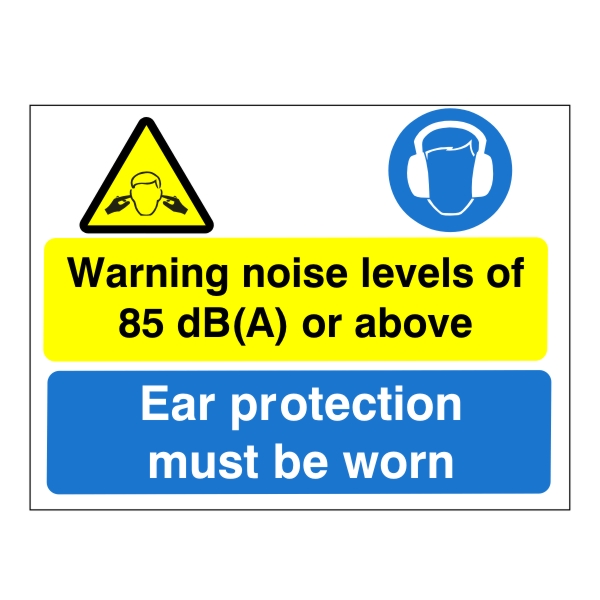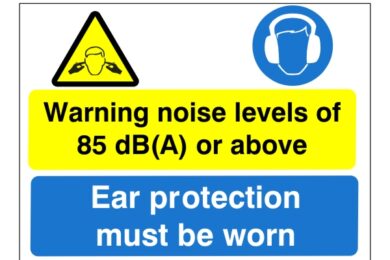For all their experimentation and freedom, noise/improv gigs can often be exercises in predictability. Usually there’s the noise that starts slow, at low volume, building into a sky cracking, harsh belch into eternity. Live At The Bookhouse is something a little different. A split release taken from a live show held in the philosophy section of a Minneapolis bookstore, it purposefully avoids the common noise setup. The three local noise/ power electronics/ experimental artists don’t just attempt to invert the normal structure of a show (by making a loud racket that gradually peters out) but actually work within an altered form. With no amps or electronics involved, Disthroned Agony, Grain Belt and Ice Volt work with a selection of junk materials to produce abrasive low-key ever-shifting sound sculptures. Most interesting of the four sets here (three solo and a Disthroned Agony/Ice Volt team-up) are Disthroned Agony, who make a scouring and circling symphony by manipulating glass and stone. Grain Belt, who utilise percussive metal screech and clanging, are also notable in their attempt to make something not dissimilar to free jazz. When cranked up high, Live At The Bookhouse sounds even more alien. These aren’t the noises you normally hear at such at such an exceptional sonic level for such a prolonged period; except in war zones.
These distinctly ‘real’ sounds are weirder than most hyperdriven effect pedal noises. They come in bursts and mini-explosions with no discernible rhythms, just the maddened manipulations of a continuous sound field. For those attending, the actual show must have been quite revelatory. Where many high-brow improv shows often play gingerly around the discovery of tiny sounds, these sets are arrived at from a rougher direction. In the noise show format where volume can easily usurp innovation to become king, and held in a setting where quiet is the preferred mode, here textures win out over both the rhythm and grind of heavy, granular black noise.
Samples of the four performances here.
Live at the Bookhouse is available on cassette through Small Doses in an edition of 100.
With sharp edits and no gaps between tracks, Nippon has a snapshot reel feel, so it is ideal then for a collection of live recordings from Spartak‘s 2011 Japanese tour. Rarely repeating a style, its breadth makes further nonsense of any attempted genre affiliation for this Australian duo. Out of the vast multitude of low-key post-rock shape makers, Spartak have always been among the most skilful underground players in blurring the lines between drone, guitar music and electronics/edits. Saddling them with a post-rock tag is doing them something of a disservice, given that Spartak take a much more deconstructionist route to sound. Spartak’s music is more inverted and exploratory, mixing live instrumentation and loop manipulation, than simply aiming for a grand noise. They are doing something akin to the sync and confusion of the hand-cranking of three dimensional cogs. Nippon slips on and off the slopes of conventionality – they are too slippery for mutation and too fluidly random to make evolutionary steps. The most instant and obvious example of their method is on ‘Wire + Water’ where layers of percussion (much of which begs the question, is it live? Is it any of it even real?) comes and goes like waves carrying pebbles into shore. Think fucked up disjointed loops, hacked to arrhythmic patterns and secret increments of tumbling parts. Then there are the tracks ‘Channels’, a wheezing structure of distant noises, and ‘Colour Is The Night’, showing a gentler face, a swirl of cymbal on a rolling breeze. ‘Rail Star Mode’ is the disc’s highlight, a track that muddles up Nyoukis-esque broken speech and religious chatter, which stands on the verge of collapse. The song’s beautiful faltering steps are rescued from the brink by a damaged PC reboot/reset, a mid-record move that’s more beautiful and weird than most bands’ epic finales.
Nippon is available on CD through New Weird Australia in an edition of 200.
Coming out of Moortown, Leeds, the lone droner called Midwich has been out of the spotlight for a while. On a genre playing field overcrowded with releases, it’s always interesting to hear an artist come back after a recharge. Having collaborated several times already with Matching Head label boss Culver, this cassette-only label is a really good fit for a collection of ‘comeback’ tracks. ‘Faraday Cage’ begins with minimalist synth drones with a nice line in blanketing scuzz. ‘Part One (Magnets)’ is a duvet day drawn in thickening, smudging pencil lines referencing Angelo Badlamenti’s Twin Peaks score. ‘Part Three (Feathered Machinery)’ draws a similarly moody vibe out like blown glass. ‘Faraday Cage’ resists any attempt to go over the mountain top into that widescreen tectonic/glacial shit. It definitely feels a lot more at a standstill than a good chunk of Midwich’s past, retaining a good edge of lo-fidelity electronic bleed and that unfakable layer of distance that cassettes bring.
Listen to ‘Faraday Cage’ here.
Faraday Cage is available on cassette through Matching Head in an unknown but limited edition.
The best artists to get all obsessively fanboyish over are the restlessly schizophrenic ones; an artist who’s a roaring bull in a branch of B&Q on the one hand and a subtle Grant Morrison lap-top wielder on the other. That’s not to say Stephen Bishop is either of the above, or a schizophrenic, but he does have an electronics disc under his belt as well as being front man for the up and coming noise rock quintet Drunk In Hell. This project isn’t, as you might expect on first glance at the title, a minimalist house excursion (a cassette doesn’t feel like the right format for that genre anyway), but an electronic ambient drone project. While it’s forward sounding stuff, Basic House aren’t averse to using some pretty old school, common or garden ambient samples but they get away with it to the extent that they avoid getting tarred with a 90s brush when they use cricket chirps, a dripping cave and heartbeats etc. Bishop is comfortable using extended, and untouched, passages of field recordings that he gently nudges into other sonic places. The three hearts of Ambrosias Vol.1 are the aforementioned recordings, branches of slow and low drones and tones of electronically analogued sounds and live drone squalls of a band tuning out their instruments. If Basic House is reminiscent of anything it’s those comprehensively weirded-out free-form radio show mixes that FSOL dropped when they’d said goodbye to acid house and embraced weird drugs and weirder sounds. Beginning with the frenzied sound of bee swarms and a sunrise flavoured tone, the first side splits the unfolding instruments and Cronos[$italics] device parts. Side two even sees Bishop doing some John Carpenter OST squelchy skyline synth shit. It’s more like being enveloped by a patchwork quilt than a blanket of ambience and it feels like it’s retained some of the real world’s grit.
Ambrosias Vol.1 is available on cassette through <a href="http://koppklys.blogspot.co.uk/
" target="out">Koppklys in an edition of 50 copies.
Podcast: Play in new window | Download



